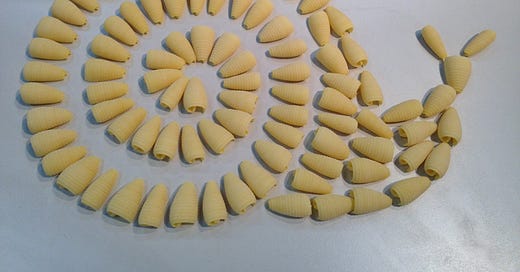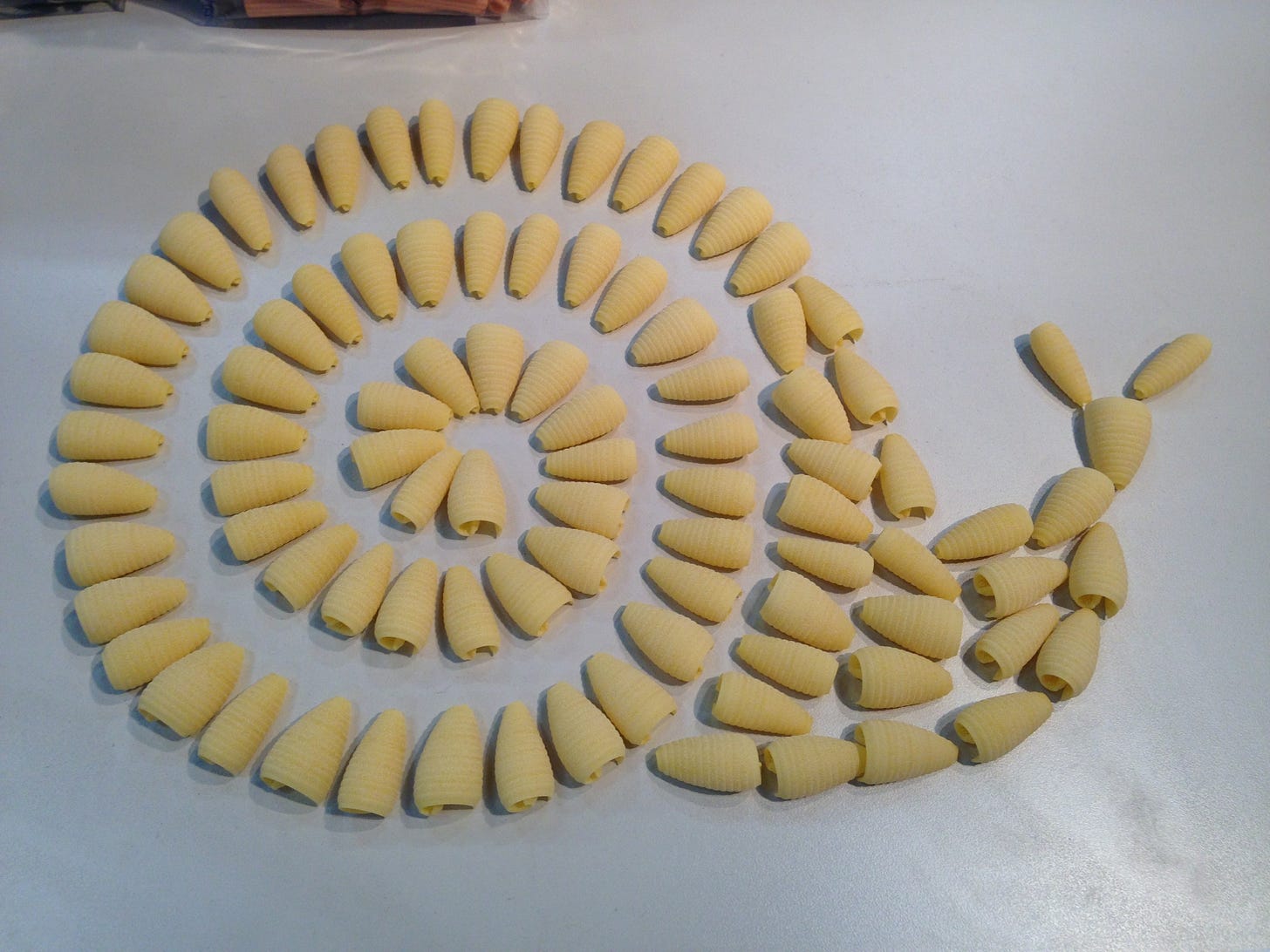Here I am, preparing to move to Italy for a year.
So what’s that all about, Brian?
One huge factor is Slow Food, the international organization dedicated to Good, Clean, Fair Food for Everyone. Good means that it’s flavorful and healthy and seasonal. Clean means it doesn’t harm the environment, animal welfare, or human health. And Fair means a balance of reasonable prices for consumers and reasonable pay for producers.
Hard to argue with any of that.
Except huge parts of our American food system work completely against that. Much of our highly processed foods are assembled from pieces ripped from real food (i.e. lots of unpronounceable ingredients and dubious health claims). Our food system is heavily stacked in favor of big businesses (i.e. potatoes are designated a vegetable instead of a carbohydrate because the Potato Lobby pays for it to be so — same with ketchup). And too many people seek out the least expensive, driving down prices and exploiting something or someone along the food chain.
Which is why Slow Food is so important. The international organization has chapters all over the world — St. Louis has one, but it hasn’t been very active in several years — supporting local food cultures, counteracts the influence of fast food, and helps people understand the food choices we have and how they affect the world around us.
I got to know Slow Food through the local St. Louis chapter, with community events, presentations about various initiatives, and farm-to-table dinners. I joined the board and served as president for several years.
In 2014 I and several others from St. Louis were selected as sponsored delegates to Terra Madre Salone del Gusto, the biennial international Slow Food conference in Turino, Italy. It was like drinking from a fire hose: earth markets and Ark of Taste foods and Presidia communities and new friends and connections from across the country and around the world. I returned to Terra Madre as a self-funded delegate in 2016
I also attended Slow Food Nations, a national Slow Food conference in Denver in 2017, 2018, and 2019, where I met many more supporters, and learned more about organizing and teaching, as well as school gardens and EIJ (equity, inclusion and justice) and food policy and sustainable — and now regenerative — farming. I asked a question of the right person and found myself the Slow Food Governor of Missouri, a role that eventually evolved into Regional Counselor, and introduced me to more representatives of chapters across the country, as well as the Slow Food USA team and board of directors.
In 2022 I went back to Terra Madre, where again I learned more about the University of Gastronomic Sciences in Pollenzo, Italy, a.k.a. Slow Food University. I knew of their undergraduate degree in Food Science and Cultures, and their Master in Culinary Arts. But I also learned about the Master of New Food Thinking, “an eclectic blend of interdisciplinary teaching that encompasses the comprehensive landscape of food-related studies. The course empowers students to deeply engage with various domains, such as food design, art, and curation, with a critical focus on philosophy.”
I was called. This was the next step in my Slow Food journey, a way I could bring together things I’ve learned so far with new information and approaches.
But it would take two years for other parts of my life to allow me to take this step.





